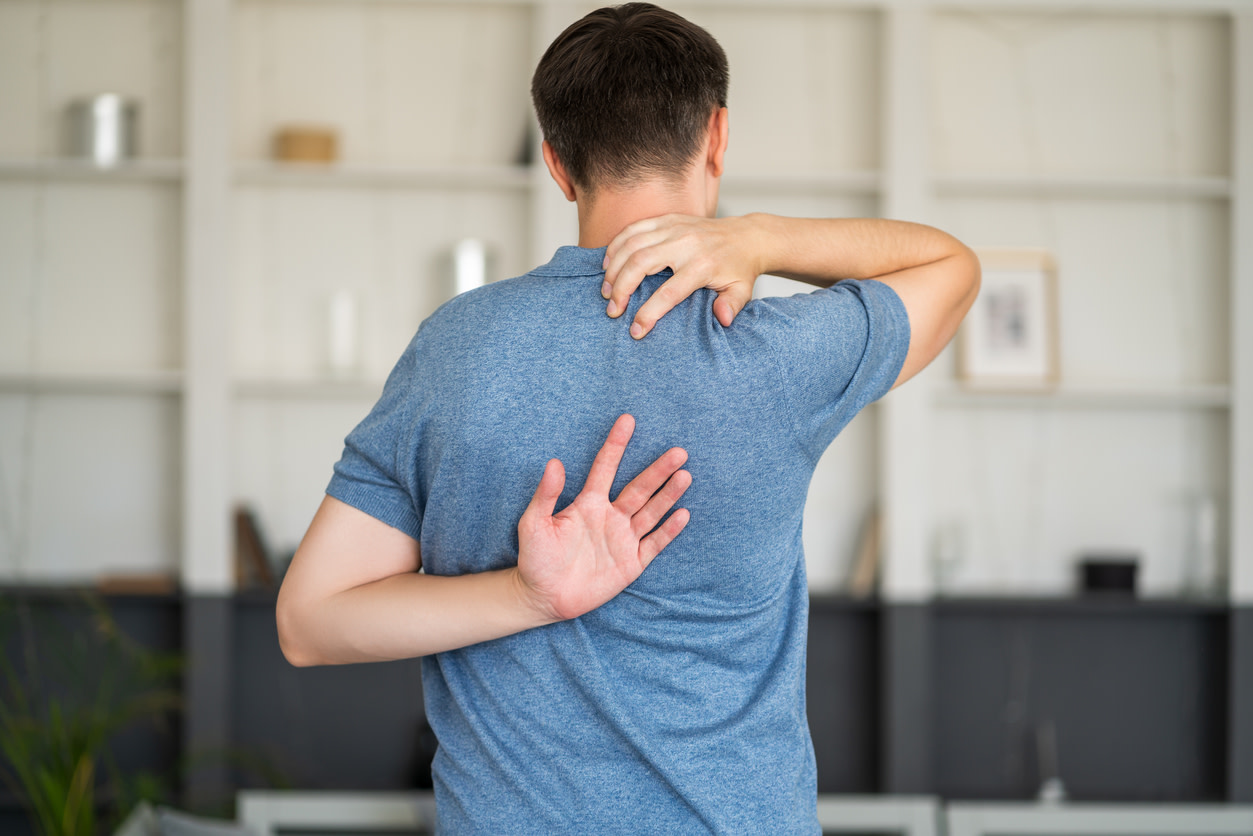Rhomboid muscle pain: causes, treatments, and exercises
Struggling with upper back pain? Learn about rhomboid muscle pain causes and effective at-home treatments recommended by physical therapists.
$0 costo para usted
Última actualización: Sep 1, 2025
El índice
Fully covered back pain relief
Find relief from lower back pain, a thrown out back, sciatica, & more.
Check if I'm eligibleExercises for rhomboid muscle pain
¿Quieres atención de expertos? Consulta si estás cubierto por nuestro programa gratuito →- Banded Pull Aparts
- T-Spine Opener
- Thread the Needle
- Open Book Rotations
- Scapular Squeezes
